
My Creative Process
I am a “pantser,” not a plotter. This means I write “by the seat of my pants” and do not use an outline. Back in school, when we were supposed to write an outline for an essay, I’d write the essay first, then the outline. I’ve always hated them! For me, structure strangles creativity instead…

For the Love of Critters
One of my characters, Clare Stratford, is a Southern belle. When she falls in love, however, she considers spending the rest of her life as a Cheyenne Indian. So I knew she couldn’t be prone to “the vapors”; she had to be fearless and in touch with the natural world. Therefore, I gave Clare my…
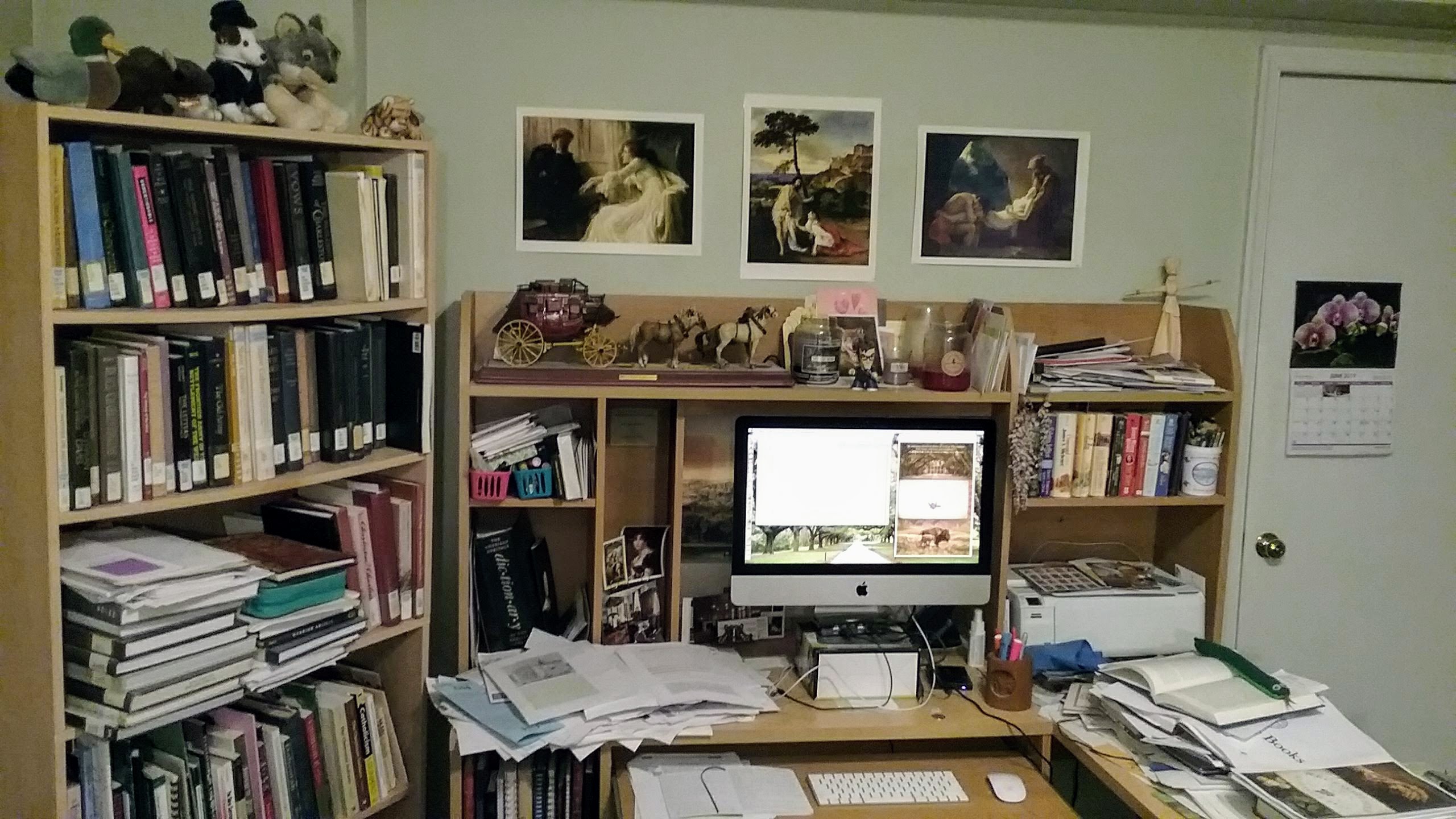
The Art Over My Desk
Above my messy writer’s desk overflowing with research materials, I hung three works of art that helped inspire my historical family saga with strong romantic elements. Let’s take a closer look. Frank Dicksee’s The Confession (1896), a Victorian problem picture with multiple possible meanings. Is the man the woman’s husband or her priest? Which one…

Alternate Opening / Deleted Scene
It took me nearly three decades to write the four-book Lazare Family Saga. Over these years, I wrote at least a dozen opening scenes, set in different places and times in the point-of-view of different characters. Where does this story begin? I kept asking myself and exploring different answers. Here’s an alternate opening scene that…
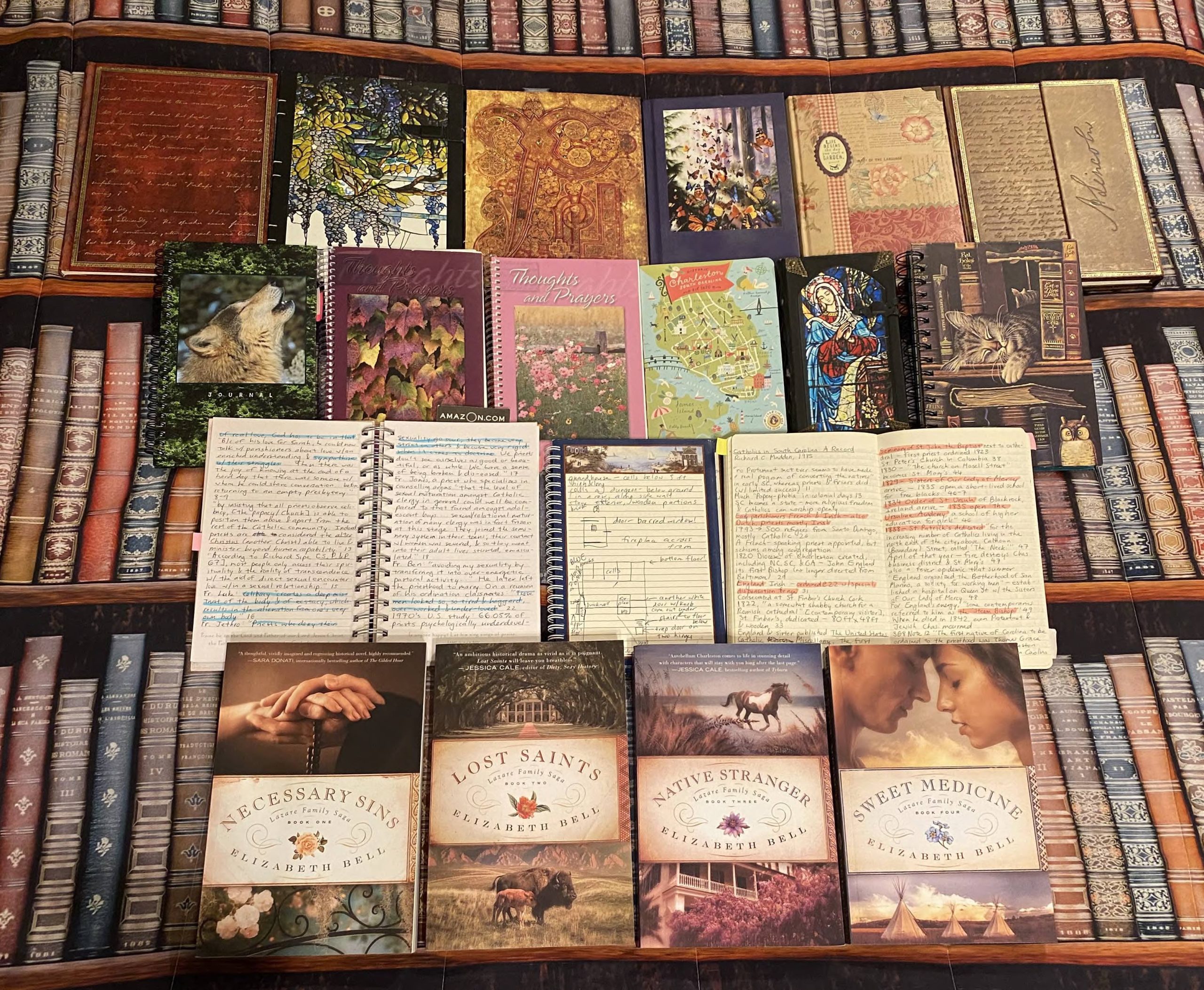
Flashback: The Year It All Began
Over the next few months, I’ll be reviving some of my most substantial, evergreen newsletters as blog posts so that anyone can read them. And so it begins! The year was 1994. Schindler’s List won the Best Picture Oscar. Jeff Bezos founded Amazon. (Remember the days when it sold only books and you got a free bookmark…
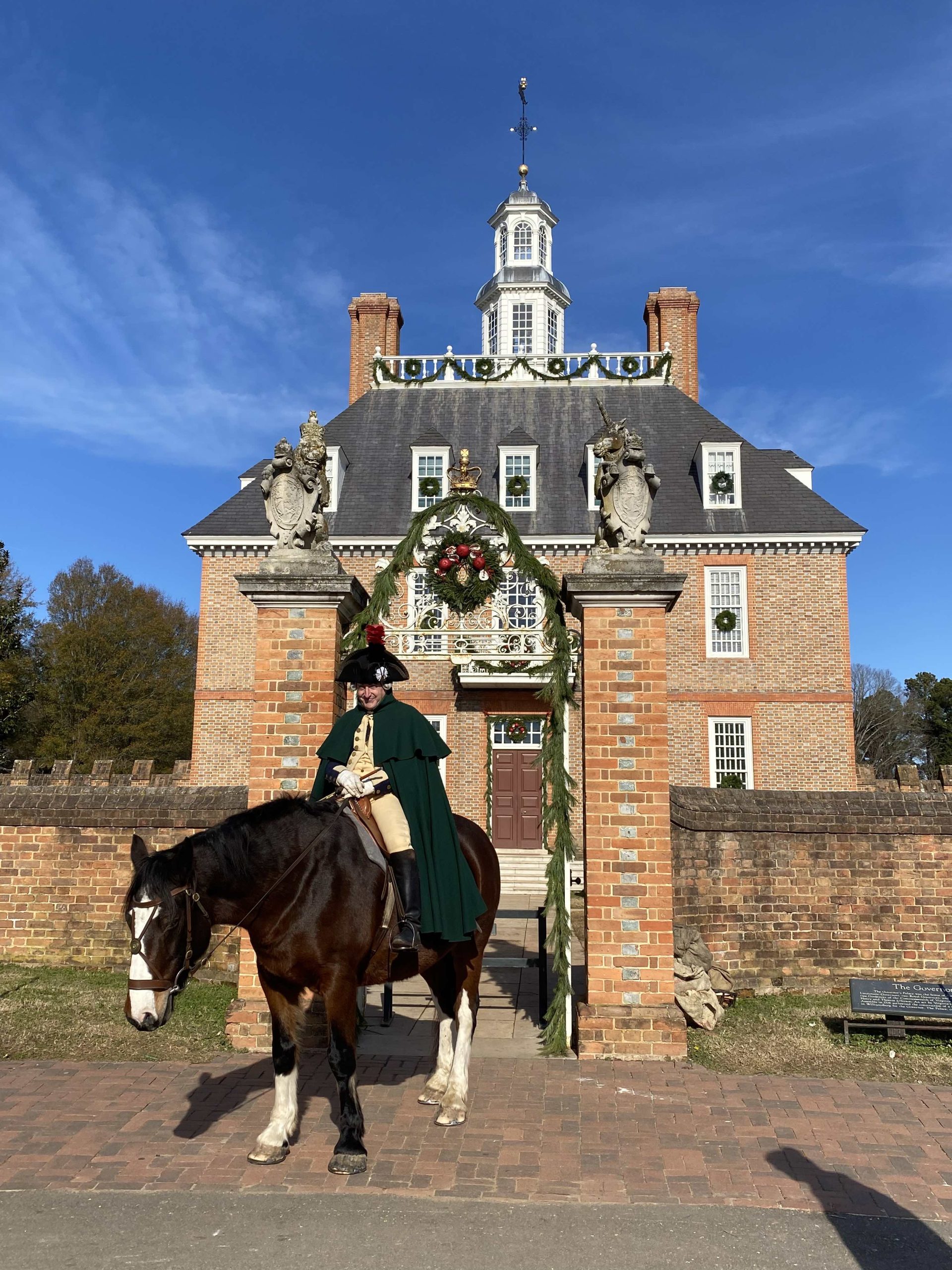
My Debt to Colonial Williamsburg
Most of my Lazare Family Saga series takes place in the 19th century, so you might think visits to an 18th-century living history museum wouldn’t be terribly useful to my research. In fact, Colonial Williamsburg in Virginia was one of the richest sources for my fiction set mostly in 19th-century South Carolina. Here’s how! After I moved…
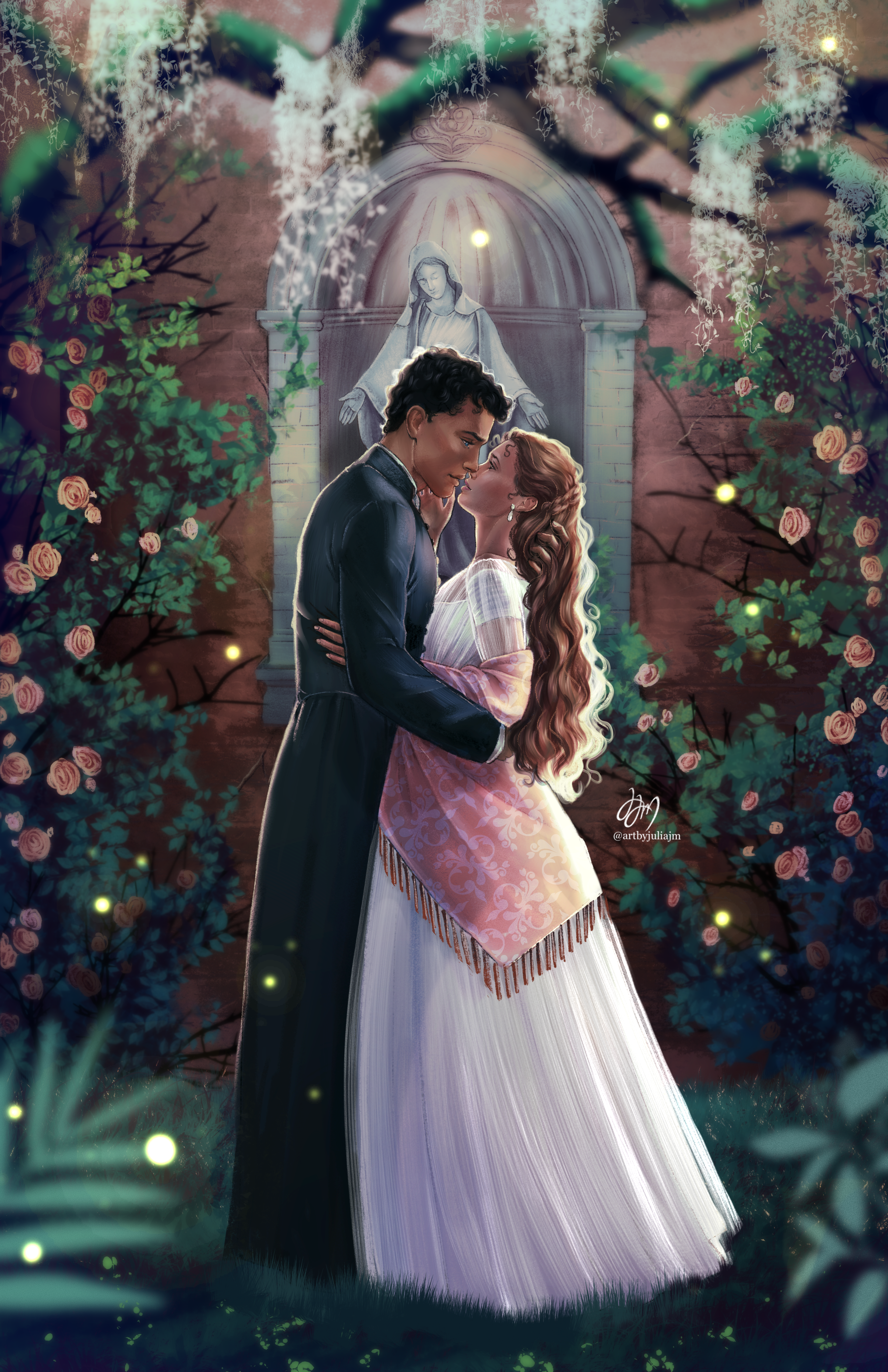
Character Art!
I’ve spent three decades with the characters of The Lazare Family Saga. They are dear to me, and it’s long bothered me that I had only stock photos to represent my book children visually. When you’re working with existing images, nuance and individuality are lost. Then a few months ago, an author friend—the marvelous Susie…
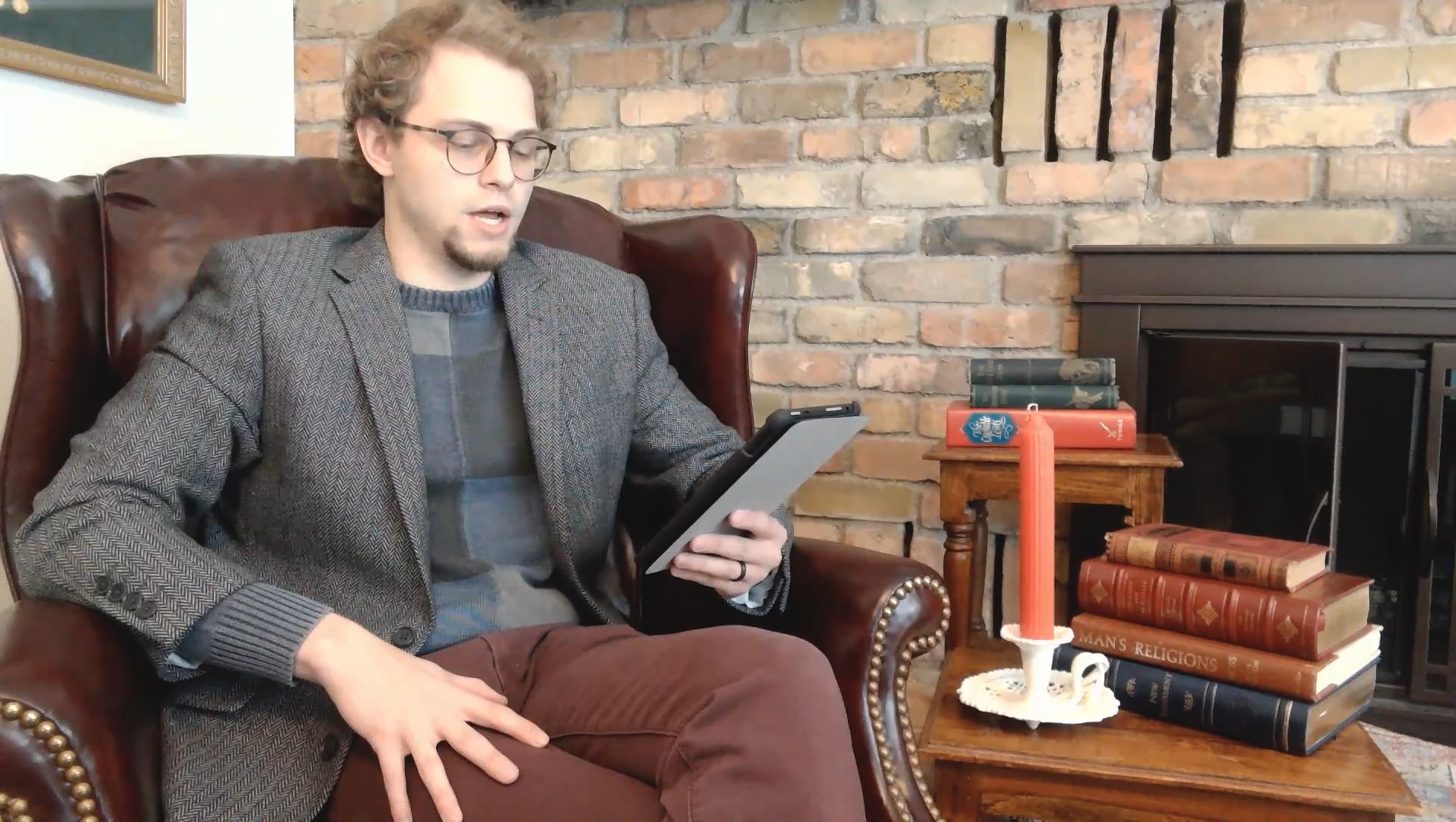
How I Found My Audiobook Narrator
I’ve been an audiobook addict for years. I listen to an average of two books per week while commuting or doing housework. As someone with the equivalent of two full-time jobs, multitasking with audio is the primary way I experience books. If they weren’t mine, I wouldn’t have time to read my own epic novels!…
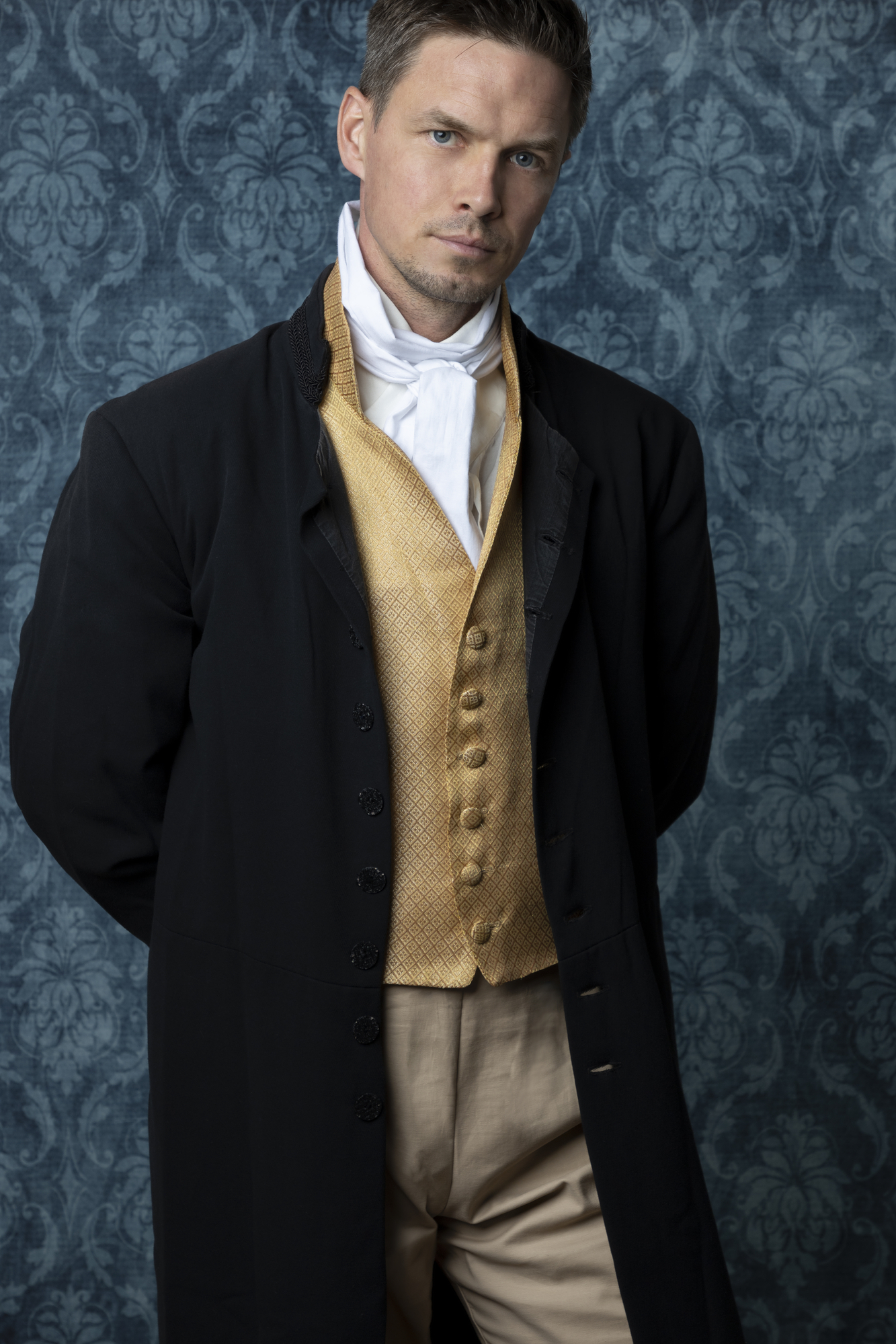
On Second Thought…
“Ring out the old, ring in the new…” — Alfred, Lord Tennyson, In Memoriam (1850) In November-December 2021, I completed a new edit of the entire Lazare Family Saga. I am a perfectionist; I could honestly go through these long books every year and find things to change. But I shall endeavor to be satisfied…

Necessary Sins Has a New Cover!
Why I changed the cover of my debut novel Necessary Sins and what’s on the horizon
End of content
End of content
